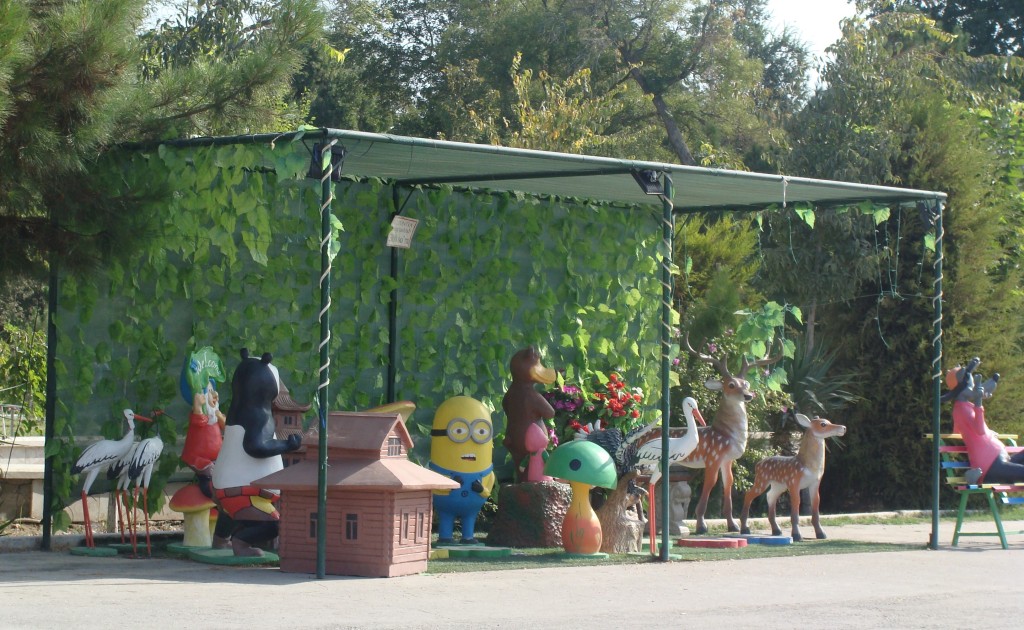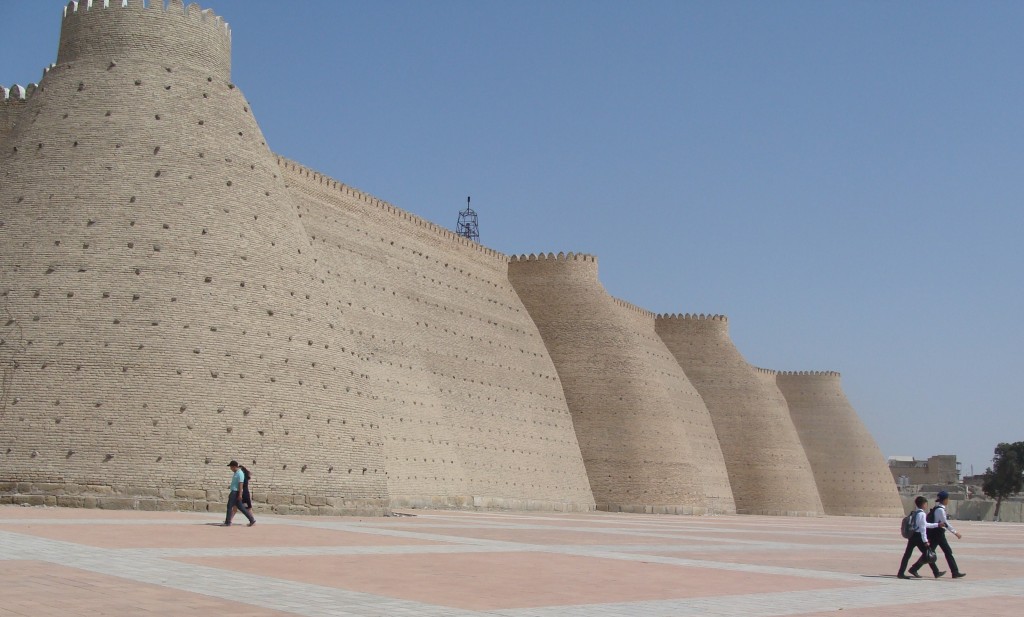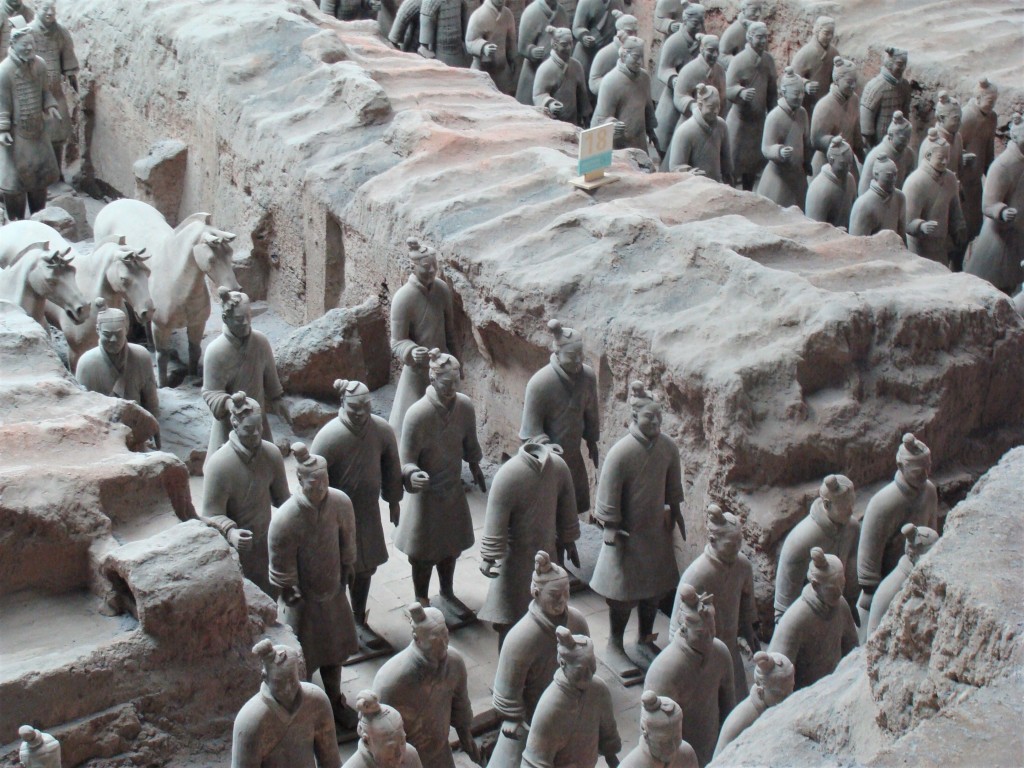
The Silk Road trip was not a sequel to a QMC reunion, like several of my earlier tours. I was invited to travel with a group of women friends. The eight of us rotated through hotel room-mates. A change every three nights!
We met up initially in Xian, China. The highlight was seeing the” buried army” – a vast archaeological site, well geared for crowds of sightseers. Restoration work was continuing and easy to view. We were amazed to know that none of the figures were intact when unearthed.
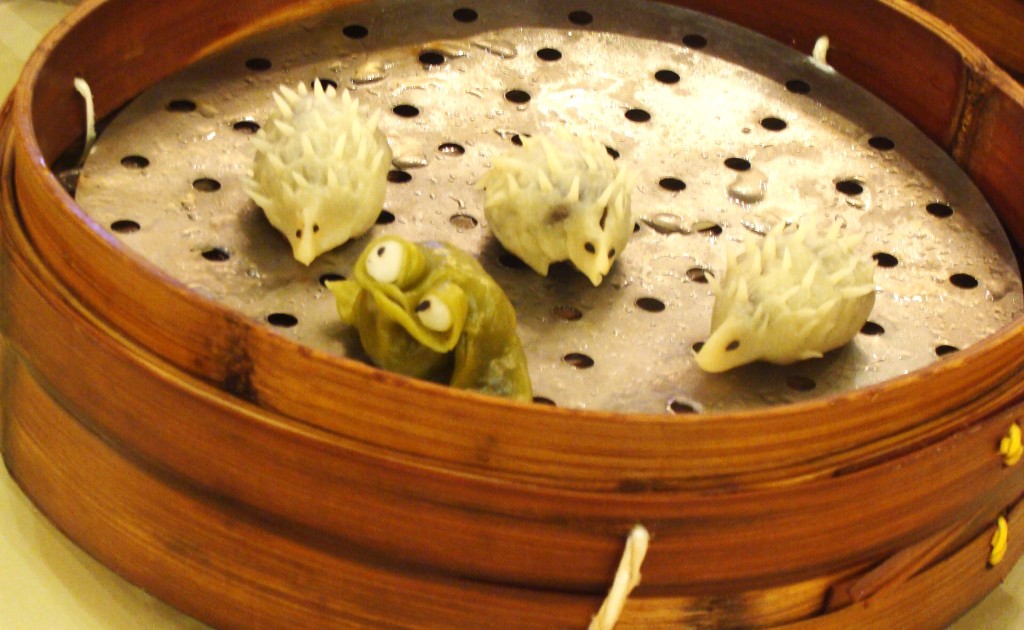
Dinner was at a restaurant, which specialised in dumplings, some shaped like hedgehogs and frogs. Dinner was followed by a Tan Dynasty music and dance show – a great night followed by a 6 am start to fly to Kashgar.
We stayed in a modern multi-story hotel overlooking the city with mountain views when we could see them in the dust. Security was tight in the city and at the airport; we split up to explore and I was delighted to find a building which had been a British consulate many years ago, mentioned in travel accounts as a place to exchange political rumours. Kashgar has always been noted for trade and markets. We visited the animal fair –cattle, sheep, and a few donkeys, then the main market – colourful and fragrant.
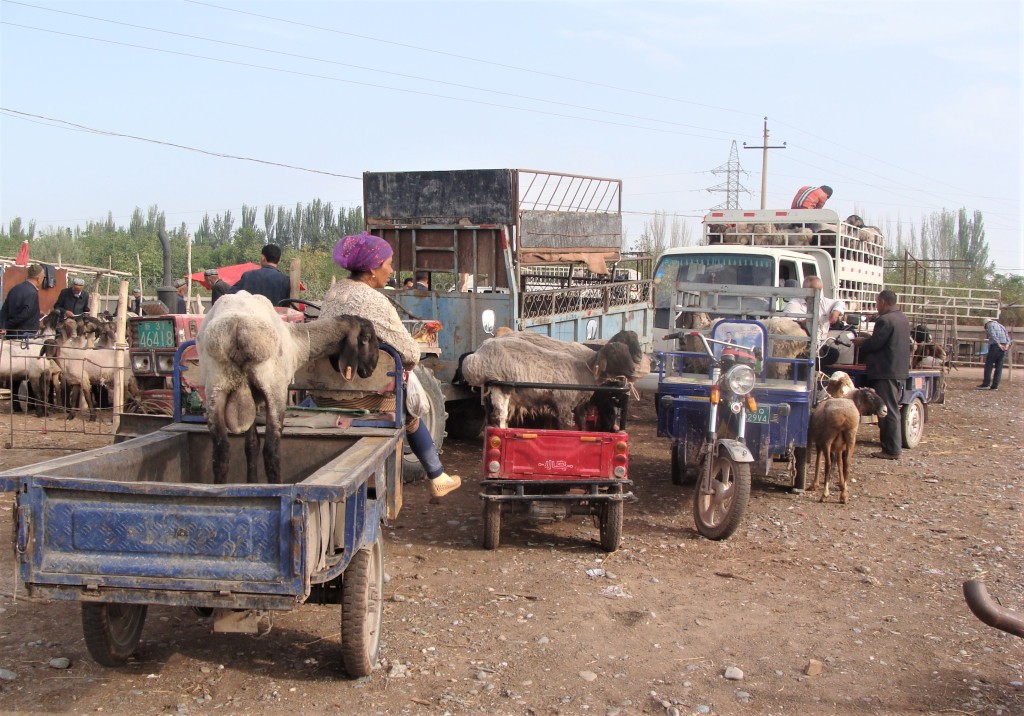
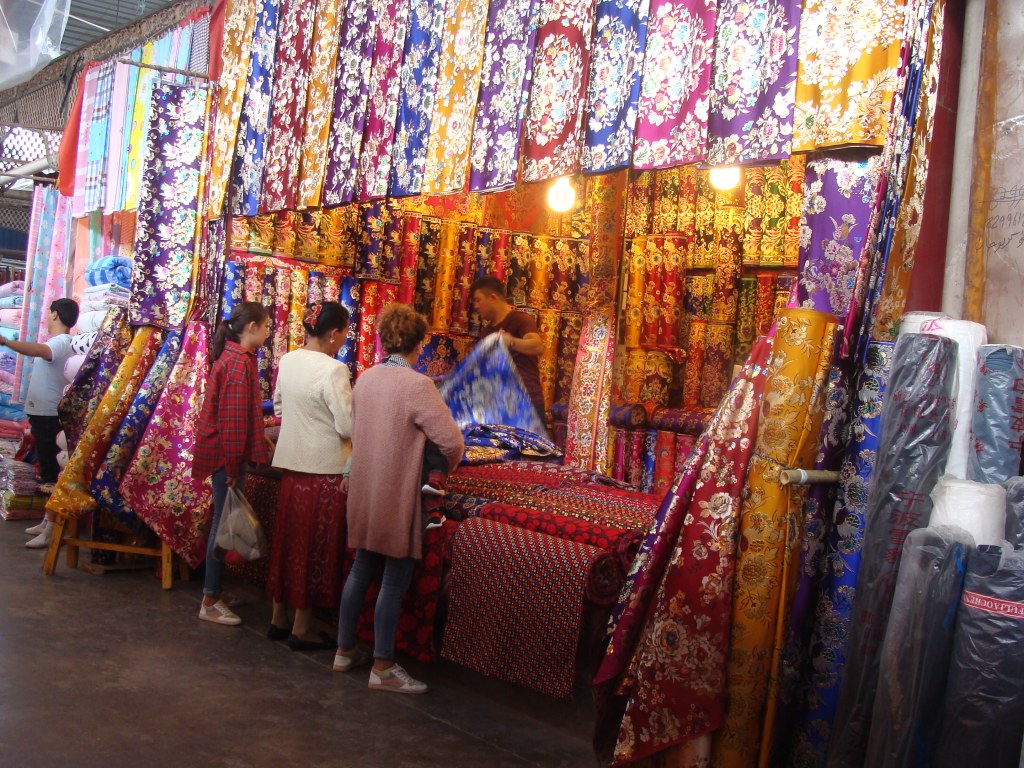
Leaving China, we flew to Tashkent, where we were met by our Uzbekistan guide Rustam, who took us to the Ichan Qala hotel. Breakfast was spectacular – French bread with smoked salmon, quails eggs, cheese and cucumber; toast and honey off the comb. Rustam helped us to change money – 390,000 som for US $50 – difficult to your head around. But I was able to Facetime NZ and pick up emails. We were driven out to a “national park”” a hill station to avoid summer heat. Peasant women had set up stalls and I bought new sunglasses, branded as Dior, “made in Italy”. I bargained the cost down to 40,000 som (US 5%). I imagined a twenty-first century Silk Road, moving fake designer sunglasses to the west.
Although Muslim influence is strong in Uzbekistan, in contemporary Tashkent the madrasehs were full of gift shops and the Friday mosque was a new building on the site of a 16th century predecessor. There were many new government buildings and an underground with 2 stations on each of 2 lines.
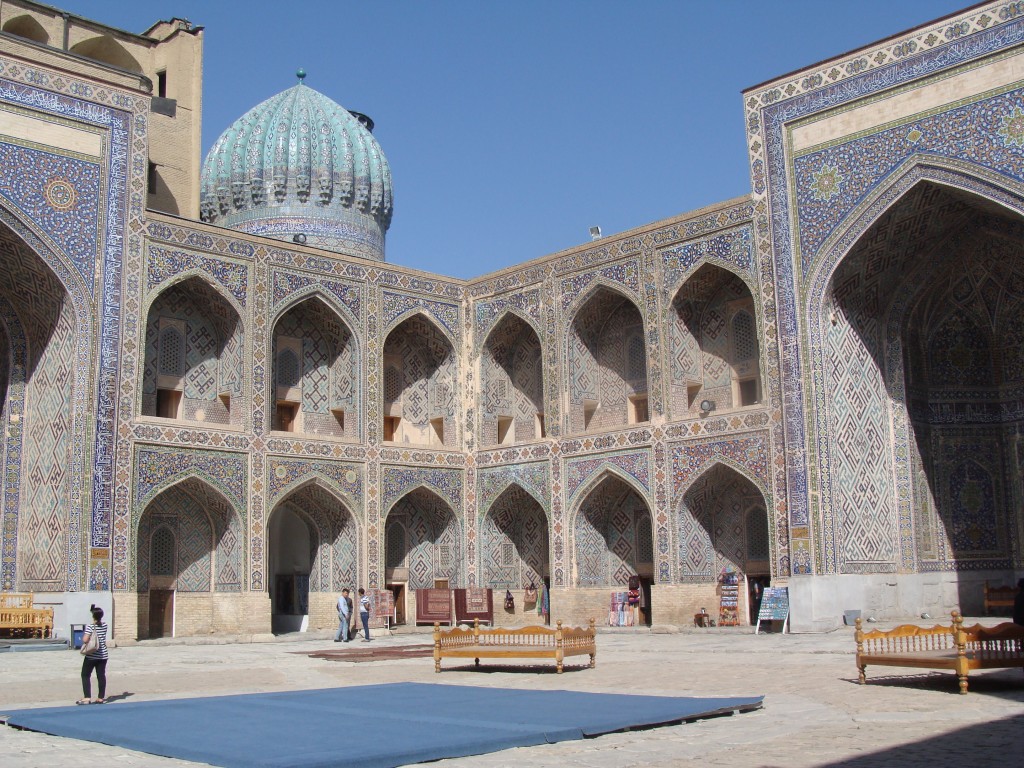
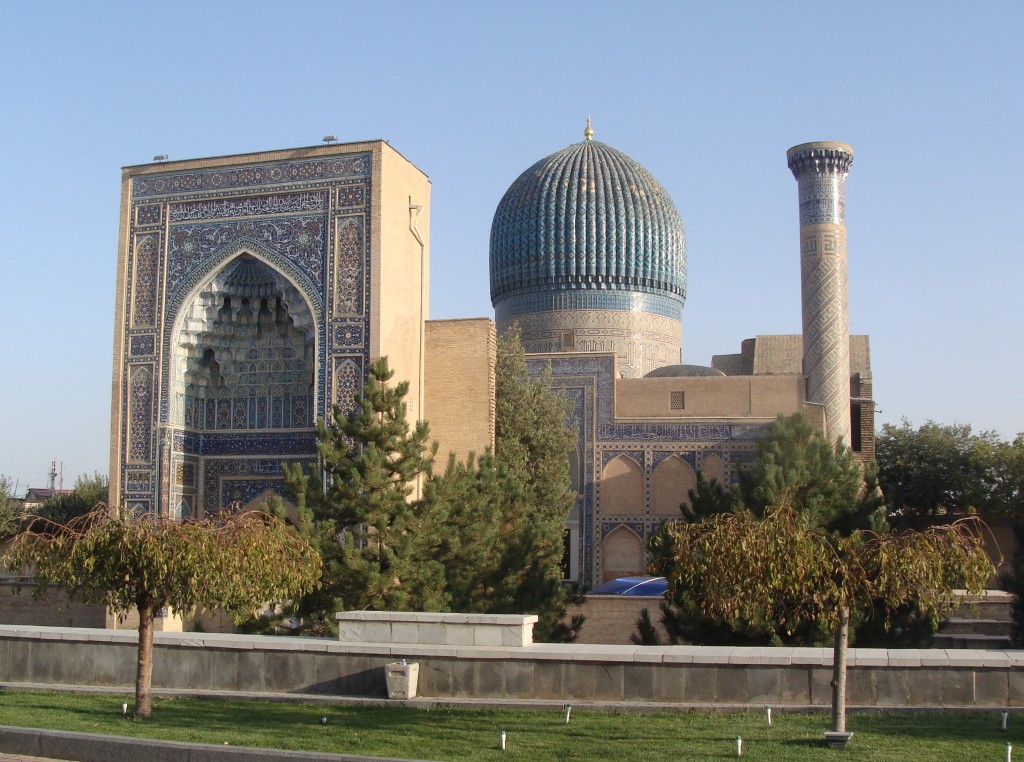
The bullet train took us to Samarkand at speeds exceeding 200 kph. Samarkand is known for the Registan –four religious buildings covered with elaborate tilework around a square. There were other monuments and the tomb of Timur. The next day our sight-seeing encompassed an observatory, a paper mill (paper made from mulberry bark) and a necropolis, containing descendants of Timur. It was wedding season in Uzbekistan and wedding parties were everywhere. We even became involved in photo shoots.
We set off by road to Bukhara, via a 16 century caravanserai, with large surviving gate. Across the road was what in Iran would be called an abambar, a roofed pit with water collecting in bottom.
Our Bukhara hotel was next to the central Lyabi Hauz pool surrounded by cafes.
The variety of sights in Bukhara included a modern funfair, city walls, a mosque with 20 wooden carved pillars. A disused Russian water tower being rebuilt as a replica of the Eiffel Tower. I found the central citadel – the Ark – analogous to features in Iranian cities (studied for my thesis) with its rulers’ and ministers” quarters, as well as fortifications. Bukhara was a good place for shopping in domed bazaars displaying miniature paintings, carpets, metalwork (bought scissors engraved with my daughters’ names), silk scarves, cushion covers with traditional patterns.
